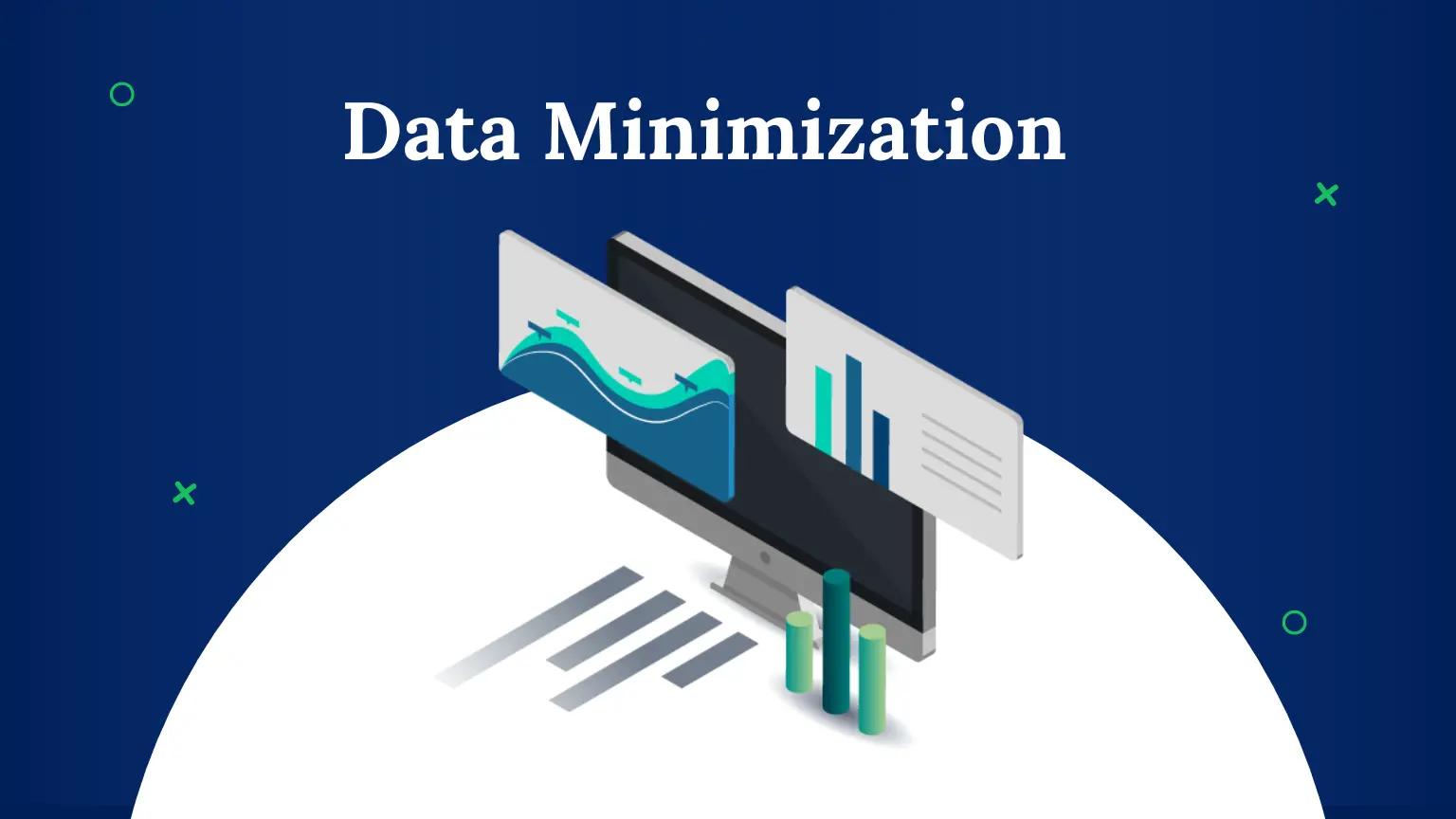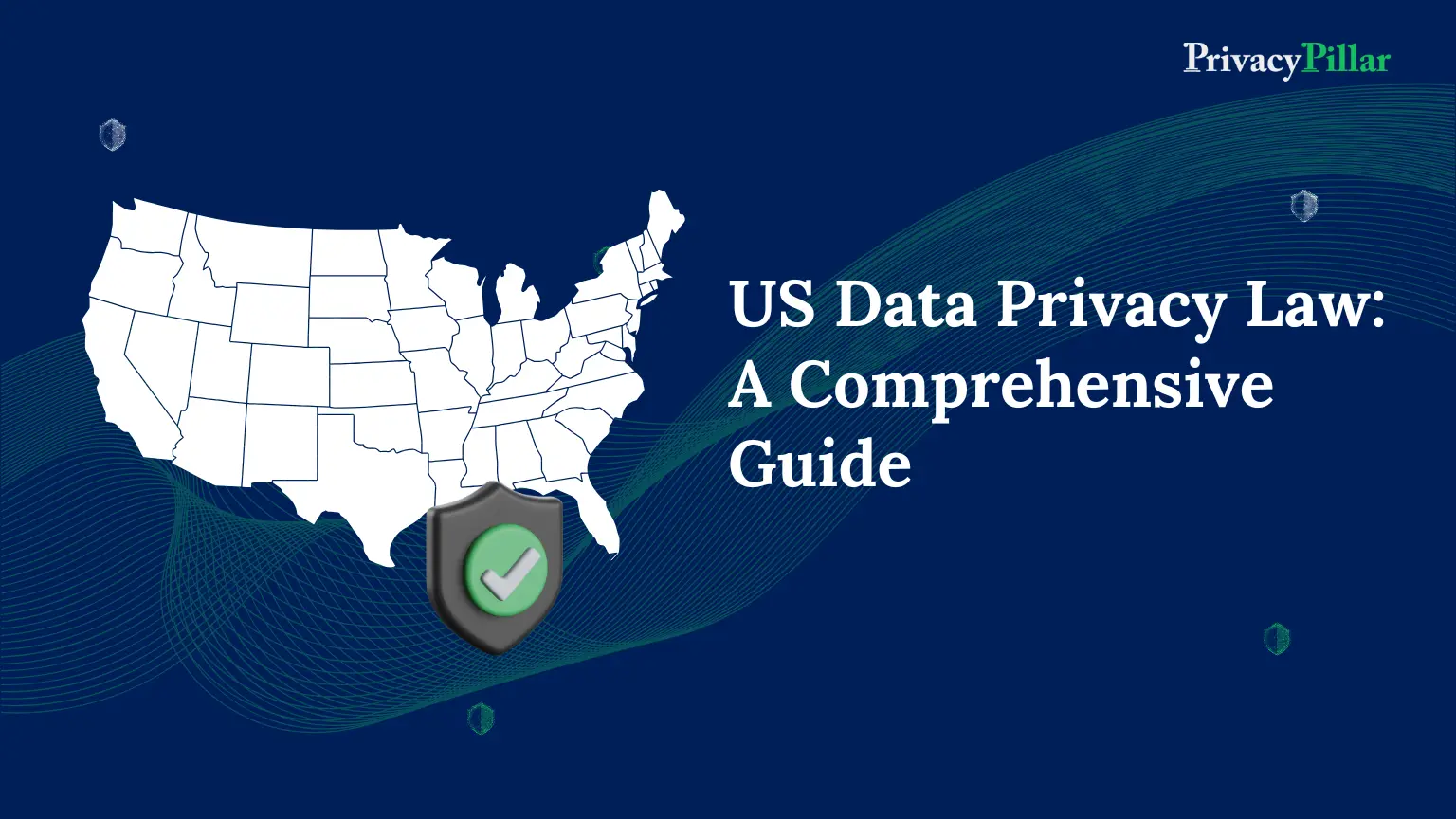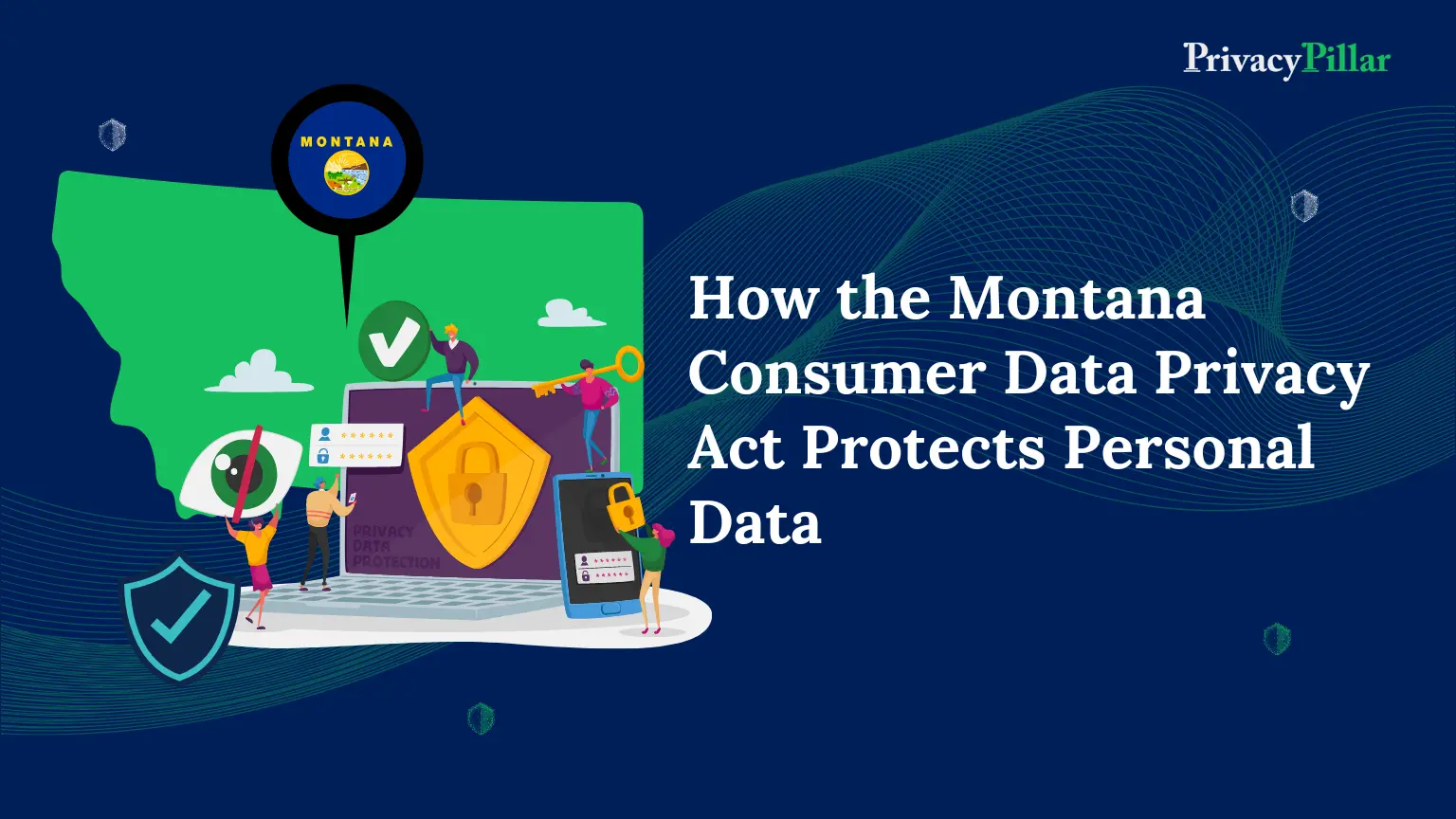
Data Minimization Strategies: Reducing Risk in Information Handling
Every online action, from a person’s social media usage to the operations of large organizations, produces data that may be saved, shared, and analyzed.
Data storage has increased significantly since the emergence of big data and the realization that data is an invaluable resource.
Nonetheless, significant worries about security, privacy, and regulatory compliance exist, given the abundance of data.
We can opt for a data minimization strategy to mitigate any risk surrounding the data.
Limiting data collection and retention to what is necessary to achieve a specific objective is known as “data minimization.”
It’s a fundamental idea that underpins privacy regulations and laws like the General Data Protection Regulation (GDPR) of the European Union.
Data minimization reduces the risk of a data breach with good data governance policies and, as a result, enhances and fosters customers’ trust.
In this regard, its significance cannot be overstated.
Data minimization is a fundamental privacy practice for enterprises worldwide.
This article will review the fundamentals of data minimization and explain how your company can implement it in a privacy program.
What is Data Minimization?
Data minimization is defined by the International Association of Privacy Professionals (IAPP) as the practice of businesses “only collecting and retaining that personal data which is necessary.”
Privacy by Design is based on the fundamental principle of data minimization.
The less data your company has, the less likely consumer privacy will be compromised.
However, data minimization goes beyond simply collecting less information.
It also places restrictions on what your organization can do with user data. Businesses must, for example, collect data with a specific objective in mind, store it securely, and delete it when the purpose has been fulfilled.
Organizations can protect user privacy more diligently and methodically by conforming to the minimization principle.
Data minimization is one of the best practices for privacy-conscious firms worldwide because it is a privacy concept included in the General Data Protection Regulation (GDPR) of the European Union.
Here’s how your company might begin considering and implementing data minimization into your privacy program.
Data Minimization Basic Principles
Data minimization may sound simple, but in practicality, companies must reconsider how they collect, use, store, and dispose of customer data. Businesses weren’t as cautious about the data types they collected, where they stored it, or how long they kept it before user privacy became a big concern. Organizations now must handle user data to minimize risks to customers and the company.
Data minimization techniques are among the most effective methods to address privacy concerns.
If your company does not initially possess data, it cannot be misused.
However, to understand what data is not required by your company, you first need to understand what data you already possess.
The measures listed below will help your business implement data minimization practices.
The Little Blue Book of Privacy Design Strategies suggests the following four practical steps to start practicing data minimization:
- Select only the relevant and needed data.
- Exclude unnecessary and irrelevant data.
- Remove/Strip information from existing systems that are not required or helpful.
- Destroy data that has met its specific purpose.
Let’s discuss these steps in more depth.
Principle 1: Select
Data minimization does not stop your company from collecting data.
Instead, your organization must collect information for legitimate business reasons. In Europe, data collection is permitted only if there is a legitimate reason for processing the data under the GDPR.
There are six different legal bases for data processing under Article 6 of GDPR:
- Consent.
- Performance of a contract.
- Legal Obligation.
- Vital interest.
- Public interest.
- Legitimate interest.
Additionally, your company shouldn’t use such information for anything other than what the user has consented to, like targeted advertising.
Customers should be able to reasonably expect your company to handle their data in a certain way.
By selecting only the required information, you can help your company avoid collecting more data than it can handle and using it for undisclosed purposes.
Principle 2: Exclude
Setting limits on your company’s data collection may prevent it from collecting more information than it can handle.
Big Tech businesses are learning how hard it is to handle massive amounts of data while upholding consumer privacy.
For this reason, businesses must collect only a minimal quantity of data required to achieve a specific purpose.
For example, if you are a business that ships products to customers, you will need their addresses to do so.
However, you wouldn’t have to collect their social security number.
Though it may seem simple, this example highlights how crucial it is to determine what data types are essential for your company, what aren’t, and why.
Only collecting the required information will safeguard your business and customers from privacy threats and violations.
Principle 3: Remove/Strip
There might still be data items that don’t need to be passed downstream further into the data structure, even after deciding what types of data to collect and excluding unnecessary data from the collection.
For example, credit card companies often depend on an address’s ZIP code alone to confirm the ownership of a card.
In such a scenario, privacy experts could attempt to de-identify the address data given to the backend, keeping only the ZIP code and no other information that could be used to identify the user.
GDPR fines have been implemented in Europe expressly for “non-adherence to the principles of data minimization.”
Although penalties like this are not yet under the California CCPA or other U.S. privacy regulations, data minimization is still a great business practice to ensure that a business uses efficient and low-risk data processing methods.
Principle 4: Destroy
One of the most important aspects of data minimization is data erasure or deletion.
The General Data Protection Regulation states that companies “should collect only the personal data they need and should keep it only for as long as they need it.” This implies that businesses must be meticulous about how long they keep customer data in their database.
Once the data has reached the end of its lifecycle and the business purpose has been satisfied, it should be properly removed.
Effective data erasure is often more difficult than deleting values from cells, but it shouldn’t be kept if your company no longer needs the data.
This same holds for backup copies; after a specified retention period, they also should be erased.
Benefits of Data Minimization for Customers
To comply with the principle of data minimization, businesses must take significant considerations into the type of data they are collecting and why they are collecting.
This will help your company get customers’ trust and keep your data systems compliant and organized.
Due to new privacy legislation, users have more rights and control over their data.
Organizations must be able to produce a Record of Processing Activities (RoPA) of user data, specifically per GDPR Article 30.
Under the guidelines of these regulations, businesses now have a legal obligation to comply with user-subject requests or DSRs.
It’ll be simpler to show customers that your company is ethical and respects their privacy rights if your business has clarity about what user data is collected, where it moves throughout systems, and when it’s destroyed.
Conclusion
Protecting user privacy is of utmost importance, and data minimization plays a crucial role in achieving this goal. By ensuring that data collection, storage, and deletion processes are lawful and purposeful, you can reduce the risk of future harm and costly fines for your company. With data minimization as the foundation of your data operations, you can comply with global standards for data privacy with confidence.
While implementing these principles manually can be challenging for engineers, there is no need to worry. PrivacyPillar offers a comprehensive solution to all your data privacy compliance concerns. Trust us to help you safeguard your users’ privacy while ensuring your company’s success.
Get in touch with our privacy experts today!



